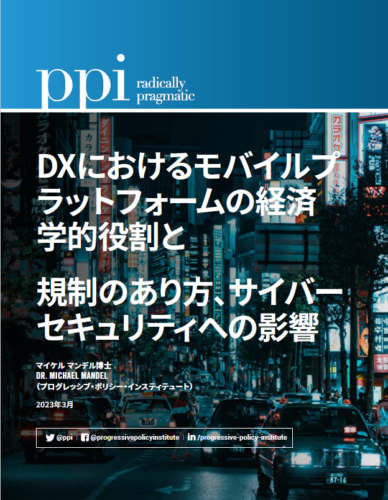The U.S. has undertaken a two-pronged effort to close the broadband digital divide. COVID-era legislation such as the Broadband Equity, Access, and Deployment (BEAD) Program is providing tens of billions to wire up unserved areas. And the Affordable Connectivity Program (ACP) provides a subsidy that effectively makes broadband free for as many as 50 million eligible households, based on an analysis of pre-pandemic data. The eligibility criteria are broad, encompassing any household with incomes at or below 200% of the federal poverty guidelines, or participation in any one of a long list of assistance programs, including Pell Grants and Medicaid.
With this sort of focused effort on providing affordable connectivity to everyone, what could go wrong? Some groups have alleged that the broadband industry is still discriminating against poor neighborhoods. Their core claim is that wealthier neighborhoods attract multiple broadband providers, and therefore the government should pay to build multiple networks in poor neighborhoods to create more competition.
For example, a recent study by the California Community Foundation and Digital Equity LA asserts that, within Los Angeles County, the price of high-speed internet is lower in higher-income areas, leaving poorer neighborhoods paying more for access. The claim is that wealthier neighborhoods reap the benefits of competition.
However, the study, while addressing an important issue, suffers from problems almost too numerous to mention. First, the study is based on only 165 non-randomly chosen residential addresses in LA County, which has more than 3 million households. Second, any disparities in advertised pricing are irrelevant, since with the ACP funding, those most in need of financial assistance can get broadband at effectively zero monthly cost. Third, the preferred solution in the study — to “support independent, community-driven options for internet service” — sounds great until you realize how much money it would cost to lay an additional broadband network in Los Angeles. Indeed, operating a broadband network is an expensive and risky activity: Starry, an independent provider of broadband services in five cities, just filed for bankruptcy.
But the biggest issue with the study is that it is conceptually misguided. With funding in the pipeline for network expansion, and the ACP subsidies widely available, it’s become clear that getting people to sign up for “costless” internet is the major remaining problem to closing the broadband equity gap — the so-called adoption gap.
There’s plenty of evidence that much of the adoption gap is not tied to price. As we noted in our October 2022 blog post, the latest NTIA Internet Use Survey (collected in November 2021, before the ACP became active) showed that only 18% of households without internet access at home cited cost as a reason for being offline. In the NTIA survey, 58% of the offline households “express no interest or need to be online.”
How can the adoption gap be closed? First, building expensive new networks in areas that already have high-speed broadband, like Los Angeles County, is not the way to go. That money could be better spent on extending funding for the ACP.
Instead, we need programs to improve digital literacy and show, step-by-step, how to get online and utilize government and private resources. The Biden Administration has pointed to education efforts as being one of the main drivers of enrollment in ACP, with examples such as a text being sent out to 1.3 million likely eligible households in the state of Michigan resulting in 25,000 additional enrollments, or 1 million SNAP and TANF beneficiaries in Massachusetts being notified about the program resulting in enrollment doubling over just the next 5 days. This kind of effort is not new in LA County where in December 2021, the County launched an outreach campaign for ACP’s predecessor program which generated over 40,000 sign-ups in one month. More recently, numerous LA-based organizations, including the County itself, received modest grants from the FCC’s ACP Outreach Grant Program. Building on these investments and leveraging outreach via multiple organizations will help educate consumers on the benefits of broadband and drive adoption of service. Continued education efforts are the key to maintaining this momentum.
But by themselves, such programs are not enough since adoption is driven by financial inclusion as well. Without a credit card or a bank account, it’s much harder to use online services such as e-commerce and ride-sharing. Indeed, it’s possible that the people who express no interest in being online are actually responding to these other obstacles. Data show that 4.5% of the U.S. population currently has no access to the financial system, and an additional 14% are “underbanked,” meaning they primarily rely on nonbank transactions. For these households, which include some of those most in need of financial assistance, this acts as an additional barrier to obtaining connectivity.
It’s true that high-speed internet is a sort of prerequisite to participate in today’s society, but if cost is not the barrier for consumers, as is the case with current subsidy programs, examining pricing diverts attention away from the real barriers. In order to fully close the digital divide, the question of internet adoption is what must be addressed by communities and policymakers.







